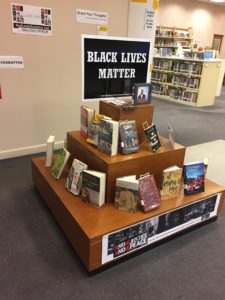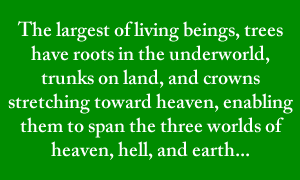In the Evening We Shall Be Examined on Love
In the Evening We Shall Be Examined on Love
~ St. John of the Cross
That line was enough to propel Thomas Centolella into his moving poem of that title, and has been enough to stay with me as an iconic constant, a touchstone that I come back to like being aware of the intake of breath. I suppose I could do worse than question how I’ve scored in the school of love. Have I, in any given moment, remembered the open heart; the way love ties me to others; has it brought me beyond petty attitudes to be present with the woman I love meeting the challenges that emerge with every moment?
I’m getting ready for an evening performance of poetry and music on the theme, looking at more than three thousand years of world cultures and their insights into love and romance. I want to do this, not because I know the topic, but because I don’t know it well enough and want to know more. I need an advanced course and a deadline, to get out of grade school if I can, while I can.
I’ve been lost in love before, inhaled its heady fragrance, lucky enough to see love mellow and ripen and I’m o’ so grateful for it. But I’ve blown it as well, given up when it got tough, stayed too long and not long enough. Was it naiveté, will I do it again? Maybe there’s more I could have done, that I could still do.
I suspect as a culture we’ve forgotten what happens when reverence for love gets lost. Maybe that’s partly due to the way we elevate the personal. I read that when Ibn Arabi felt the ecstatic pull to a Persian beauty, he knew behind it was a gift of divinity and it propelled him to embrace the Sufi inspiration: love is my religion and my faith. When the Greeks told the story of how Aphrodite condemned Psyche to a craggy rock for the way her beauty was worshiped by the community, was it out of jealousy or because we’d forgotten how beauty came to us. Can we hear Sappho call respectfully to Aphrodite: Lady of Cyprus, pour the nectar that honors you into our cups. And when it all gets too heady, can Ikkyu bring us back to ground: Ten days in the monastery made me restless…If one day you come looking for me, ask for me at the fishmonger’s, in the tavern, or in my woman’s embrace.
I wonder, is it really a test about success and failure? When, as Centolella says, we…climb the hill as the light empties and park our tired bodies on a bench above the city and try to fill in the blanks, maybe it’s not about our own view at all. Whatever looks down on us in our reflection, does it marvel as we do at the effort, the stories, the love?
Larry Sorkin is a part time business man, sometime poet, and occasional performer of poetry with musicians. He’s been working with the Bechtler Ensemble for over ten years. He teaches and presents workshops exploring poetry and the arts, dance, and music. You can find some of his published work in the collections …and love... and What Matters by Jacar Press.




